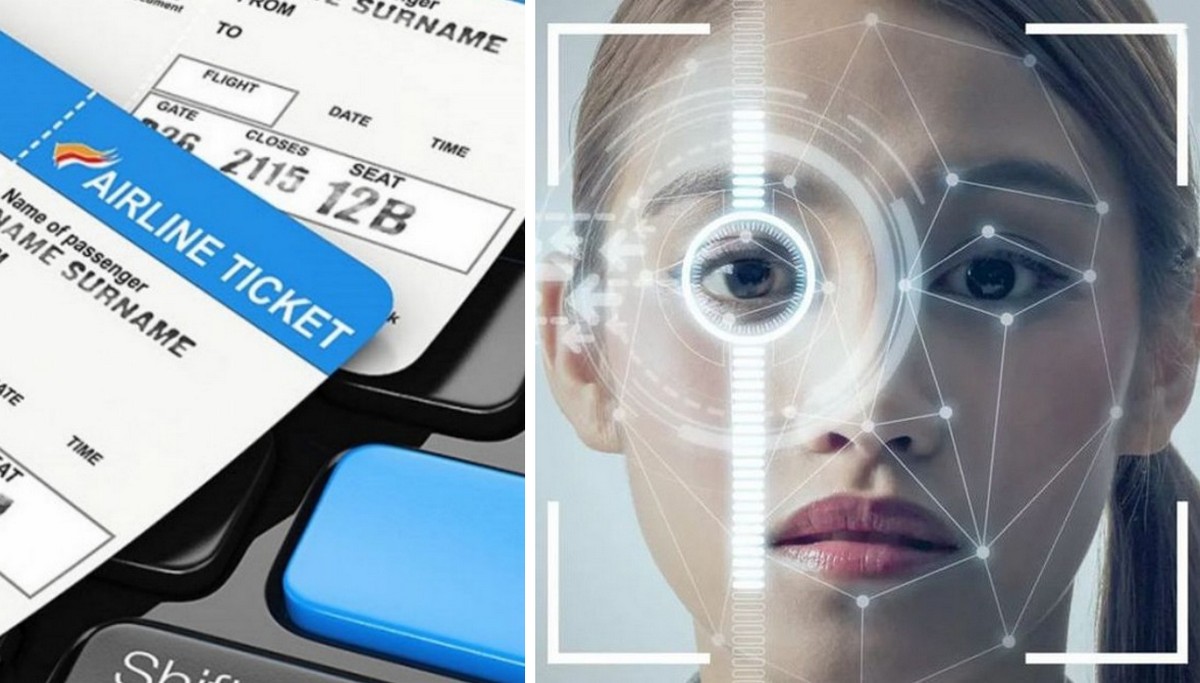The digitization of entry into the European Union is again postponed: the introduction of total biometric scanning of tourists at the border of the Schengen countries is expected no earlier than 2024, while neither the exact date nor the exact month of the launch of the entry and exit system has been specified. The Schengenvisainfo portal reported on the transfer.
The launch of the European Travel Information and Authorization System (ETIAS) was planned even before the onset of the coronavirus pandemic, the European Commission called the main goal of the innovation “strengthening internal security”, combating illegal migration, and preventing cross-border crime and terrorism.
The delay in the ETIAS deployment date happened silently and without any prior announcement to the media or the public: the EU Commission simply changed the date on its official Migration and Home Affairs website to 2024 instead of November 2023 as it had been previously. The reasons for the postponement have also not been announced.
“The European Travel Information and Authorization System (ETIAS) is expected to become operational in 2024,” the site said in a frequently asked question section about the ETIAS entry into force date. The website of the EU Commission for Migration and Home Affairs now lists platforms such as travel-Europe.europa.eu/etias_en and travel-Europe.europa.eu/ees_en as the official ETIAS website ( EES). The latter was also supposed to enter into force in May 2023 but was postponed until the end of the year, and now the exact date of the deployment of the EES also remains unknown.
According to an early statement from the Commission, the European Travel Information and Authorization System (ETIAS) and the Entry-Exit System (EES) are set to revolutionize travel to and from the bloc, as the systems intend to not only collect all biometric data on a tourist, but also capture his fingerprints at airports, seaports, and land checkpoints, as well as transfer them to the relevant government authority. The systems will be used to register travelers from third countries every time they cross the EU’s external border.
It is assumed that the ETIAS and EES databases are complementary, that is, they will interact with each other in real-time, so it will be easier to issue refusals of entry, if any, more efficiently calculate overstayers in Schengen countries, as well as cases fraud with documents and identity cards.
It is expected that ETIAS will affect 1.4 billion tourists from more than 60 different countries of the world, who are currently visiting 27 Schengen countries without the need to obtain a short-term visa, including Americans, British, Albanians, New Zealanders, Canadians, etc.

